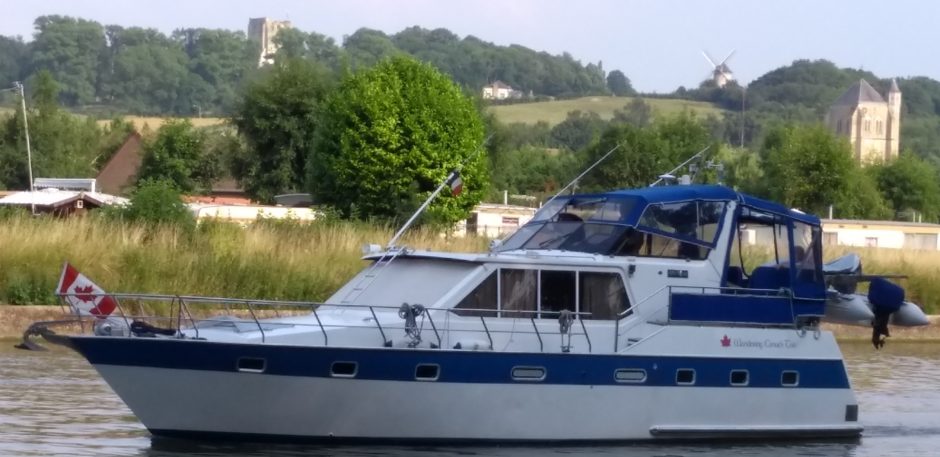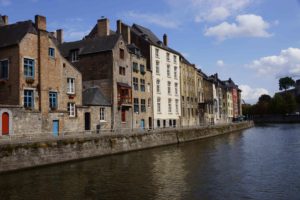Belgium
We have toured from our entry at Antoing (Perrones), across the southern part of the province of Wallonie. After the huge locks at Perrones, we moored for the night beside another huge lock on a disused side canal, the Pommeroeul. This would have been a short cut that would have saved 2 days cruising, but, alas, is now closed.
We went through Mons, which was anti-climactic, until we met the huge lift at Strepy-Thieu, which has replaced 4 smaller lifts and a lock on the old canal through Mons. A spectacular experience!.
We moved along, and have seen abbeys, vast heavy industry, culminating in the seriously huge works, mostly derelict, in Charlerois.
However, unlike Britain, where there is very little commercial traffic on the waterways, and few of the heavy industrial sites are working, in Belgium, the canal-sides are lined with many heavy industrial places, from metal recycling, steel fabrication and aggregate manufacturing, through several container transfer ports. Interesting, and economically very important (and why the waterways are full of the large ships), if not entirely appealing to look at.
We made the transition from smaller canalized river (the Sambre) to the much larger Meuse at Namur, the capital of Wallonie. There is a huge citadel fortress, begun about 1000 AD, and added to in stages through the 19th century. Not significant at all in the 20th century, both world wars passed it by. However, Namur, at the confluence of the Sambre and Meuse rivers, was a pivotal place, and suffered much damage.
We have seen all sorts of lock designs, from the traditional V-gates, to lift gates, and a first for us, cable-suspended slide gates. The locks continue to be much larger than in the UK.














